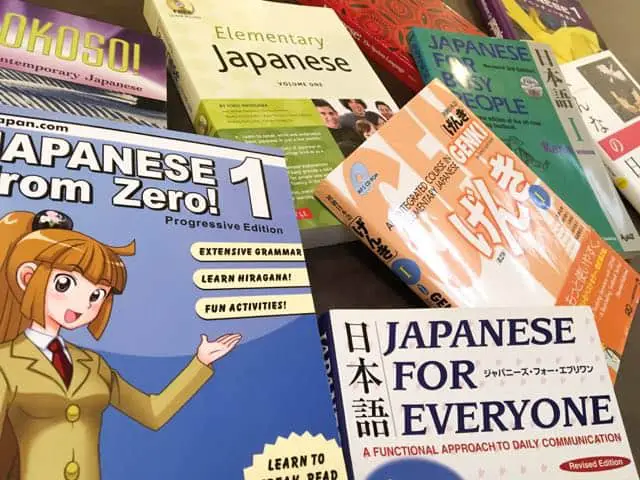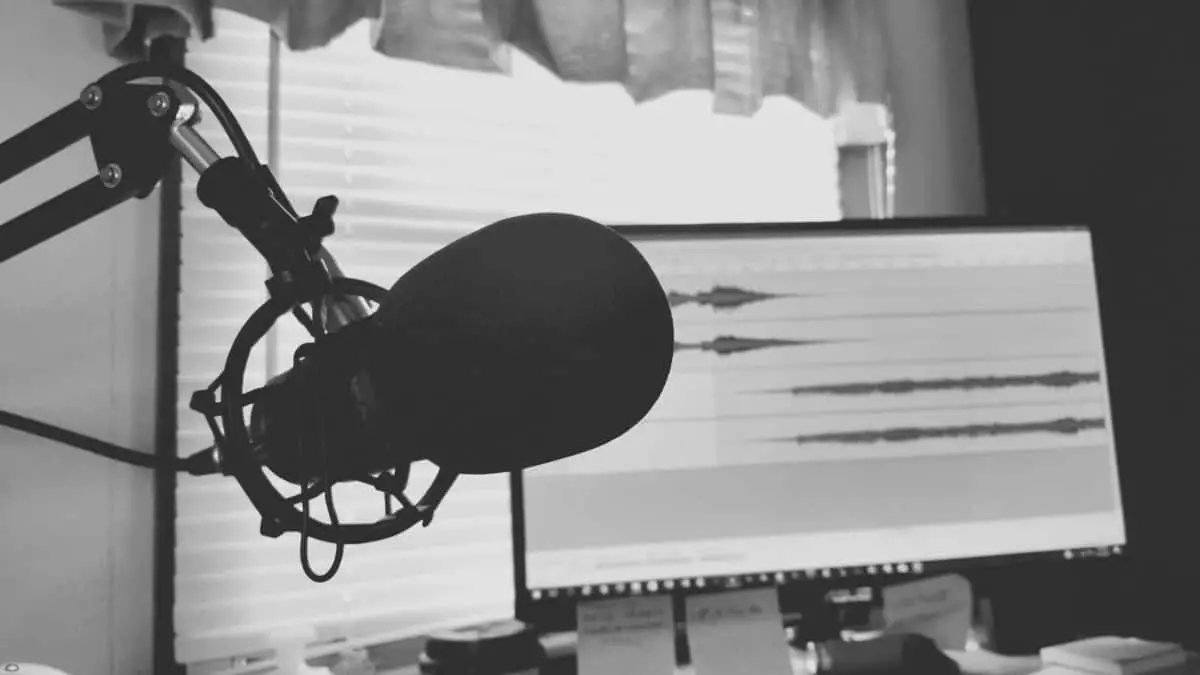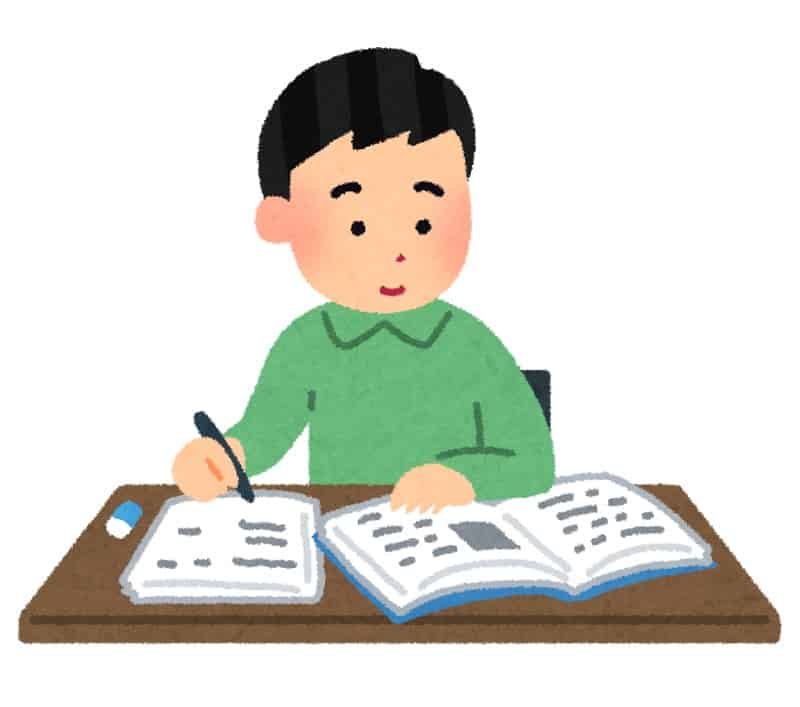Genki 2 is one of the best textbooks that people often read when they are preparing for the JLPT. Lots of individuals have used it in their preparation for the test with great success. Based on the curriculum of the JLPT levels, Genki 2 is for JLPT N4.
Overall, Genki 2 comes with around 1,700 vocabulary words and over 300 kanji characters. On the other hand, you need around 1,500 vocabulary words and 300 kanji to pass the JLPT N4. Therefore, if you are preparing for the JLPT N4, you can study Genki 2 and pass the test.
What is JLPT N4?
JLPT N4 is the second-lowest and easiest level of the JLPT. Apart from N5, there is no level of the JLPT that is lower than the N4. So, the N4 focuses on teaching you everything you need to understand basic Japanese. It is important for semi-intermediate learners of Japanese who are just learning the language.
N4 assesses your ability to read and listen to Japanese as beginner and intermediate learners. Generally, the N4 comprises vocabulary, kanji, grammar, and listening. However, the test questions are grouped into two sections. The first section deals with reading and involves vocabulary, kanji, and grammar whereas the second section is all about listening. Each of these two sections is explained below.
- Reading
The N4 equips you with hiragana and katakana that you need for everyday communication in Japanese. Also, you will have to learn about 300 kanji characters. As you are preparing to take N4, you need to learn the phonetic reading and the various meanings of many of the kanji characters.
As stated earlier, you will need about 1500 vocabulary words, which are about two times what you need for the JLPT N5. The reading questions will be quite easy and straightforward as long as you have studied everything that is required to pass the test.
- Listening
The N4’s listening section is all about evaluating your ability to listen to and understand simple conversations that are done in Japanese. The topics of the conversations are usually simple, everyday subjects in different situations. An audio file will be played slowly so that you can hear what the speakers are saying. Different expressions and vocabulary words will be used to test your understanding of the Japanese language. It is worthwhile to note that the conversations are usually basic; hence, if you can cover everything in Genki 2, you will have no issue with passing this section.
You should note that the test has only multiple-choice questions (MCQs). Therefore, you don’t need to write anything in the test to pass it.
What does Genki 2 entail?
Genki 2 is known as the sequel to Genki 1. While Genki 1 is recommended for JLPT N5, Genki 2 is for those that want to take N4. However, you should realize that Genki 2 is not specifically written for N4 but it has everything that you need to pass N4. Therefore, you should check the curriculum of N4 to streamline your study plans of Genki 2 to suit the test.
Basically, Genki 2: An Integrated Course in Elementary Japanese is the full name of the book. As the name suggests, it is one of the series of books for the foundational level of Japanese. This book comes with 23 different chapters that focus on different areas such as listening, speaking, writing, and reading. With this book, you can enjoy a seamless balance in fluency, complexity, and accuracy in learning the Japanese language.
Currently, most learners are using the second edition of this book, which has some basic improvements to the first edition. Besides, the second edition comes with a section known as “Culture Notes” that features some lessons that can help you learn more about Japan as well as the Japanese culture. Therefore, by using Genki 2 to learn Japanese, you will also be equipped with some basic knowledge of the country and its culture.
Like other books that are designed for learning Japanese, Genki 2 has a lesson structure that makes it suitable for those taking JLPT 4. The lesson structure of Genki 2 is described below.
- Each chapter of the book has a list of vocabulary that shows you different new Japanese words. Generally, each word contains readings in hiragana, Japanese kanji, and different English translations.
- A simple and easy-to-understand dialog between the protagonists. This is meant to help you improve your ability to identify different Japanese words. The dialogs include kanji readings as well as English translations.
- A grammar section contains certain English explanations. Also, this section features lots of examples of every grammar point explained.
- Audio aids such as an MP3 audio CD that makes it easy for you to listen to different Japanese conversations. As expected, these audio aids can help your listening ability. Notably, for the previous edition of Genki 2, these audio aids were sold as different materials.
- A practice section that allows you to evaluate the things you have learned by practicing. It should be noted that this practice section includes speaking, writing, reading, and listening.
- The book has “Culture Notes” at the end.
Whether you are learning Japanese on your own, joining a Japanese language program, or participating in a class, the various resources in the Genki 2 are enough for you to pass the N4.
What else can you add to Genki 2 to prepare for N4?
If you don’t want to limit your preparation for N4 to only Genk 2, you can also consider watching Japanese movies, series, and anime. These films are designed for adults and children and available in different genres. So, it should be easy for you to find one that you like.
Additionally, you can join websites that teach Japanese. These websites will improve your learning process.
Conclusion
In a nutshell, Genki 2 is for JLPT N4 because its lesson structure has everything that you need to pass N4. Therefore, if you are preparing to take the JLPT N4, Genki 2 is one of the most reliable resources that you can always rely on.




